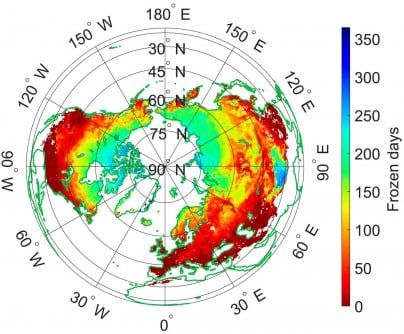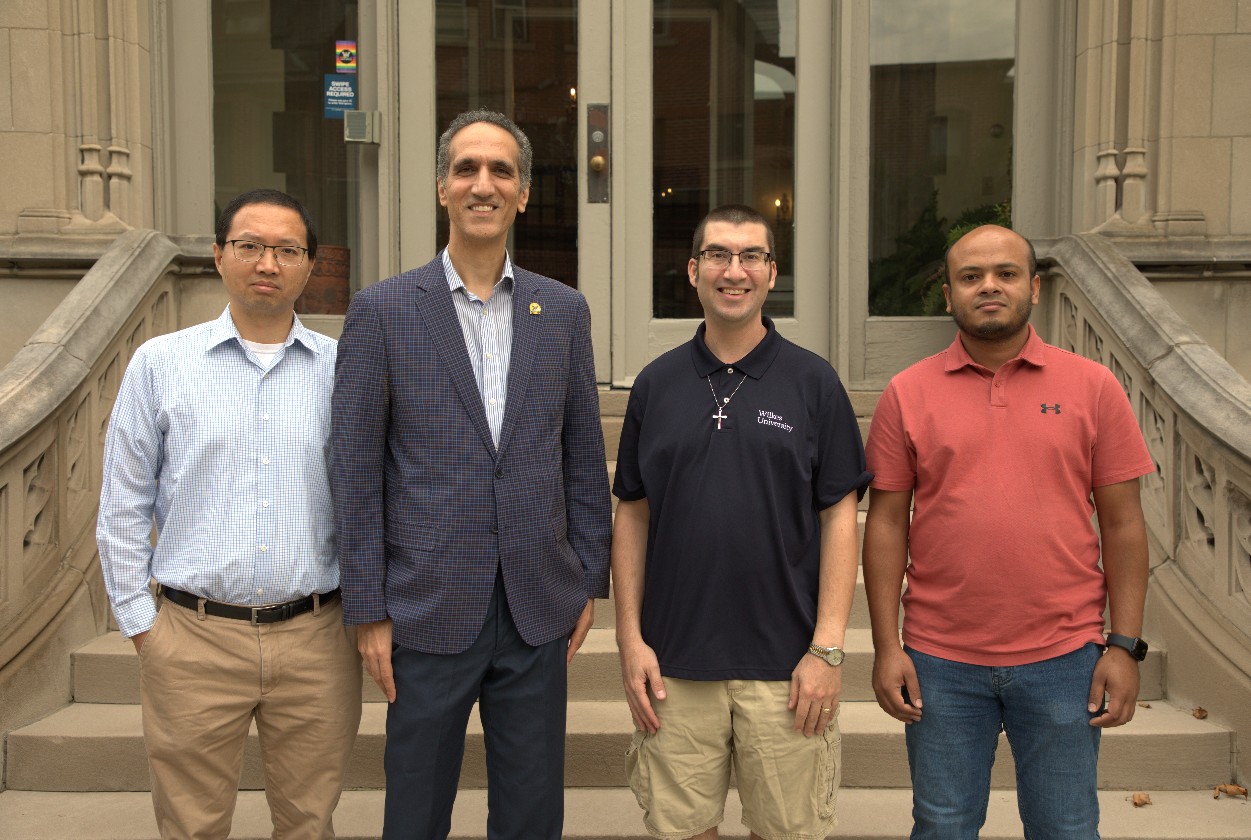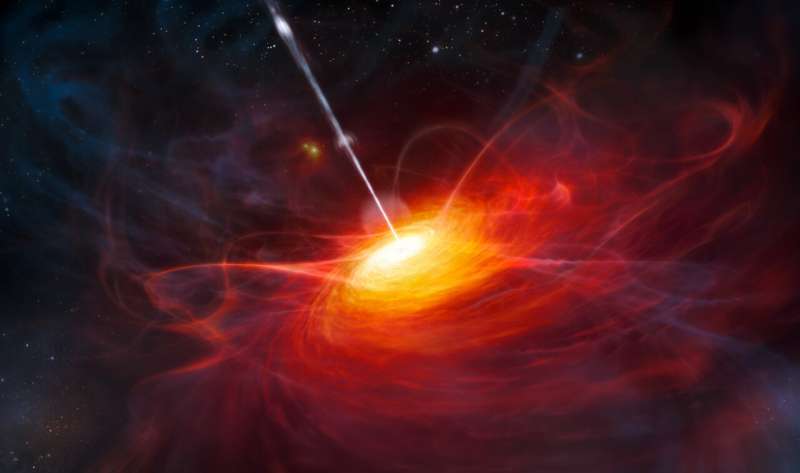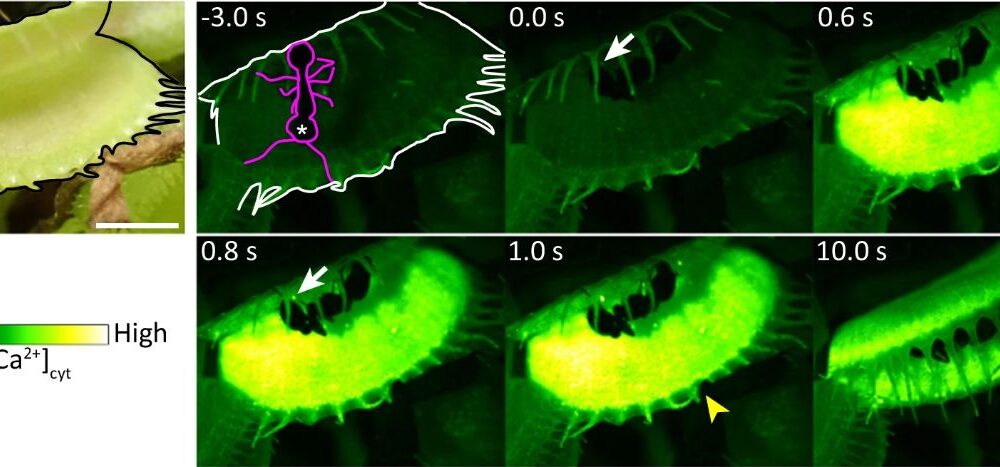Astronomers have discovered a large asteroid named 2025 SC79 that is traveling through the solar system at an exceptionally high speed. This celestial body is now recognized as the second-fastest known asteroid, completing its orbit around the sun every 128 days. The discovery was made by astronomer Scott S. Sheppard from Carnegie Science on September 27, 2023.
The asteroid’s orbit crosses that of Mercury, positioning it as the second object identified with an orbit inside the path of Venus. Sheppard noted, “Many of the solar system’s asteroids inhabit one of two belts of space rocks, but perturbations can send objects careening into closer orbits where they can be more challenging to spot.” Understanding how asteroids like 2025 SC79 arrive at these locations is essential for assessing potential threats to Earth and offers valuable insights into the history of our solar system.
Key Details About 2025 SC79
Currently, 2025 SC79 is located behind the sun, rendering it invisible to telescopes for several months. This period of invisibility presents challenges in tracking its movement and potential risk factors. Sheppard’s research focuses on what are known as ‘twilight’ asteroids, which could pose collision risks with Earth. This work is partially funded by NASA and utilizes advanced technology such as the Dark Energy Camera mounted on the National Science Foundation’s Blanco 4-meter telescope.
The goal of this research is to identify ‘planet killer’ asteroids that could potentially endanger Earth, especially those obscured by the sun’s glare. The sighting of 2025 SC79 was further confirmed using the Gemini telescope and Magellan telescopes, both of which are key tools in contemporary astronomical research.
Significance of the Discovery
This discovery not only highlights the dynamic nature of our solar system but also underscores the importance of monitoring fast-moving asteroids. In 2021, Sheppard and his team identified the fastest known asteroid, which completes its orbit in just 133 days. These findings contribute significantly to our understanding of near-Earth objects and their potential impact on our planet.
The research conducted by Sheppard and his colleagues is crucial for planetary defense initiatives. By tracking and studying asteroids like 2025 SC79, scientists can better prepare for any potential risks they may pose in the future. As more asteroids are discovered and monitored, the ability to safeguard Earth from potential threats continues to improve.
With ongoing advancements in technology and a commitment to understanding our solar system, astronomers remain vigilant in their efforts to uncover the mysteries of these celestial bodies. 2025 SC79 serves as a poignant reminder of the fascinating and sometimes precarious dynamics of our cosmic neighborhood.







